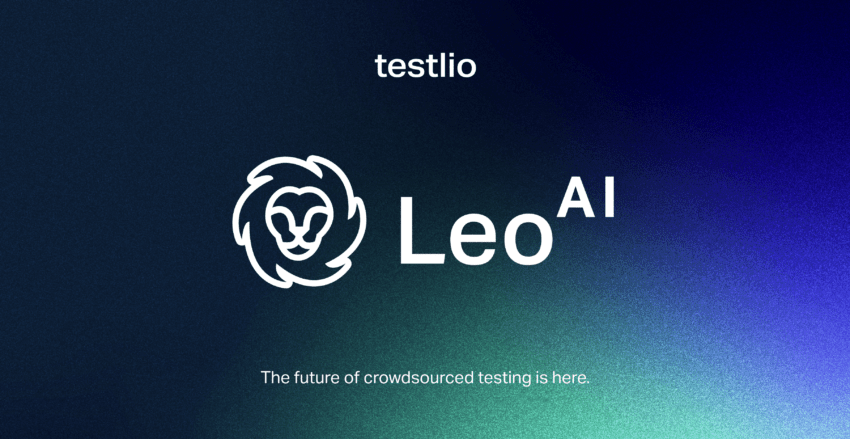Platform leverages 13 years of crowdsourced testing data to deliver intelligent automation and set new industry standards.
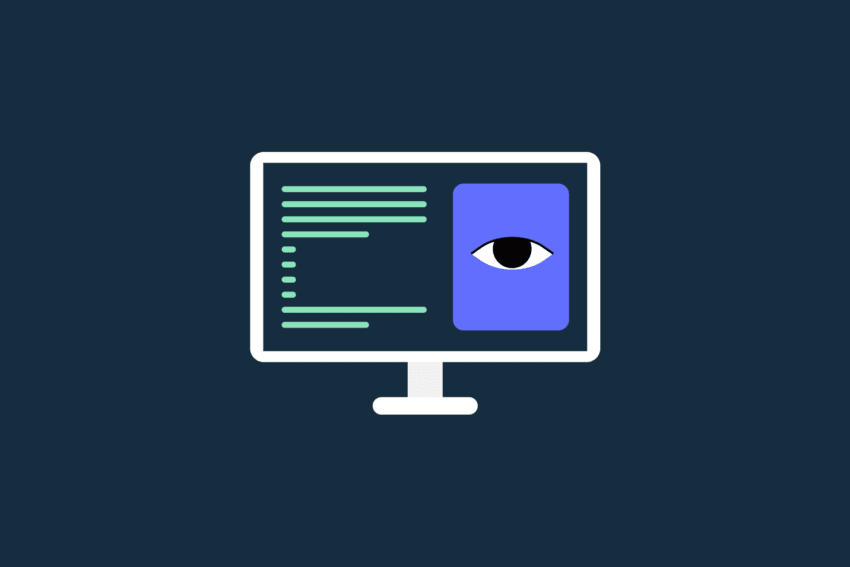
Why Testing Is Now the Proof of AI Compliance
Across industries, AI systems are being scrutinized under new laws that demand proof of fairness, transparency, and human oversight.

Celebrating Winning Together at Testlio
Two weeks ago, our team gathered in Mexico City for our annual company offsite, LionFest, where we celebrated all the wins and milestones we achieved this year.
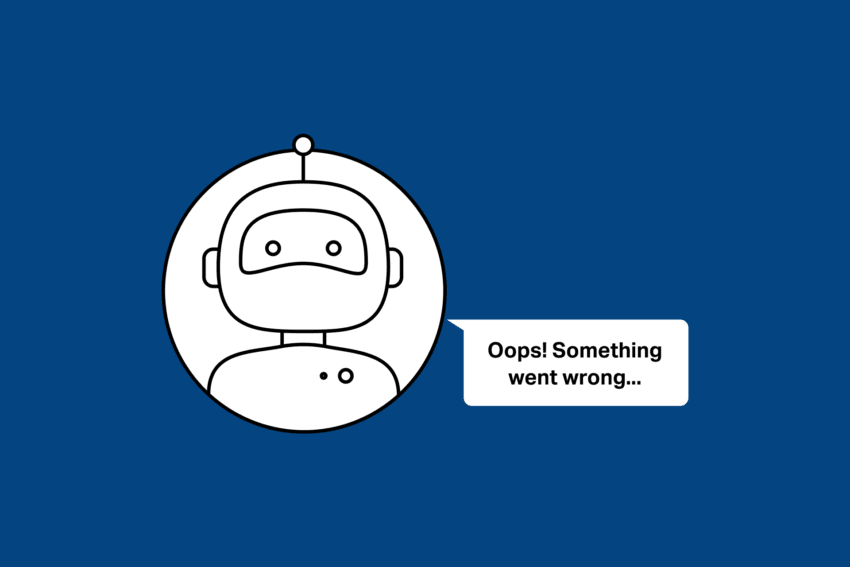
The AI Testing Fails That Made Headlines in 2025
2025 will be remembered as the year AI wrote poetry, passed medical exams, and stumbled with spectacular blunders. For every impressive breakthrough, there was an equally impressive facepalm.

When AI Scrapes the Internet, It Learns From Us (Flaws Included)
AI doesn’t just learn from data, it learns from us, and we are far from perfect. When it scrapes the internet for knowledge, it also absorbs our biases, blind spots, and noise, shaping how it interprets the world.

How to Select a Reliable Crowdsourced QA Testing Partner
If you have ever searched for a crowdsourced testing partner, you have probably seen the same promise repeated: “thousands of devices, hundreds of geographies.” While impressive at first glance, these vanity metrics rarely reflect the true quality of a QA partnership.
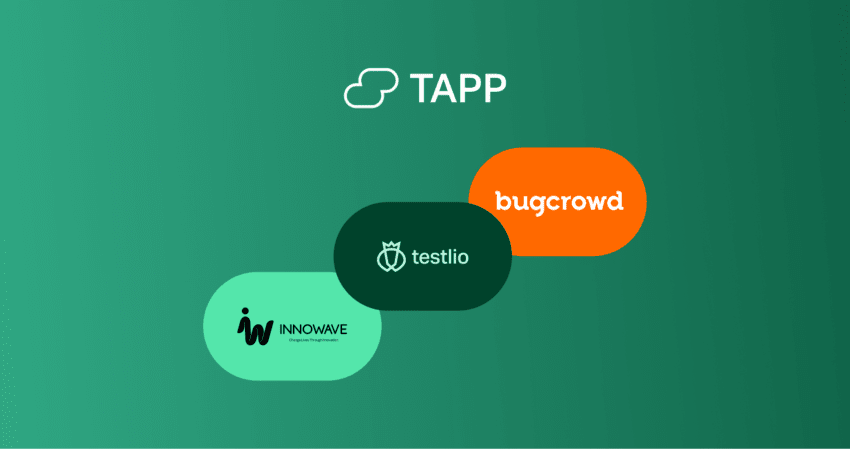
Introducing Testlio Apex Partner Program (TAPP) to Transform Software Testing and Quality Assurance
Founding partners InnoWave and Bugcrowd join forces with Testlio to deliver next-generation testing and unmatched client outcomes.

Preparing Testers for the AI Era: How We are Building AI Testing Skills at Testlio
For years, QA practices were designed for predictable, rules-based software. AI has upended that reality by introducing risks that traditional methods cannot fully address.
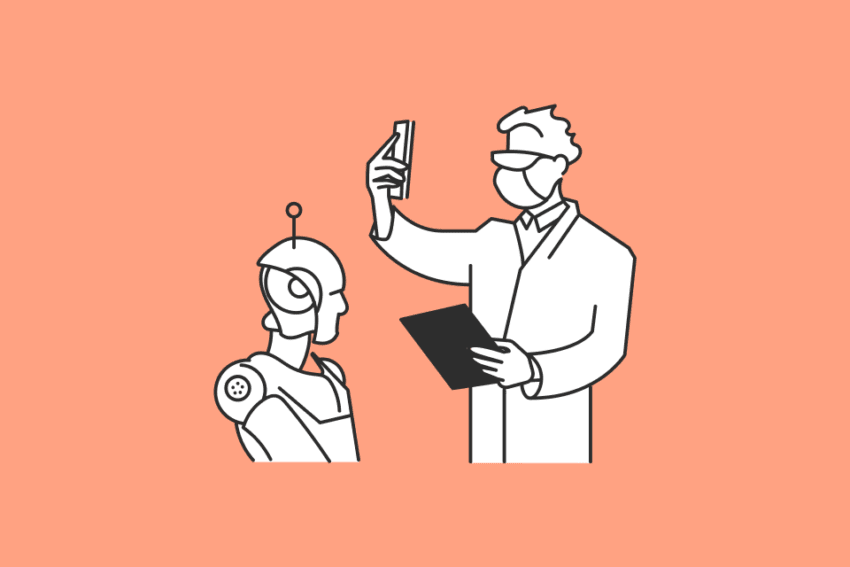
Prompts as Test Design: A Practical Framework for AI Testing
The promise of AI breaks down when testing focuses only on idealized inputs. Real users ask incomplete questions, switch languages mid-thread, or provide contradictory details that models must still handle.

Shopping for Accessibility Help? Try Testlio
When it comes to accessibility, there are a lot of vendors and each is unique and credible in its own way.
